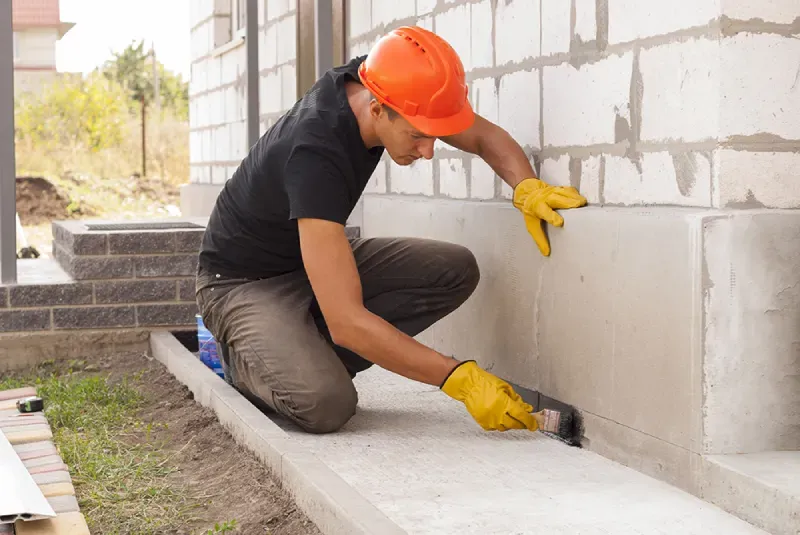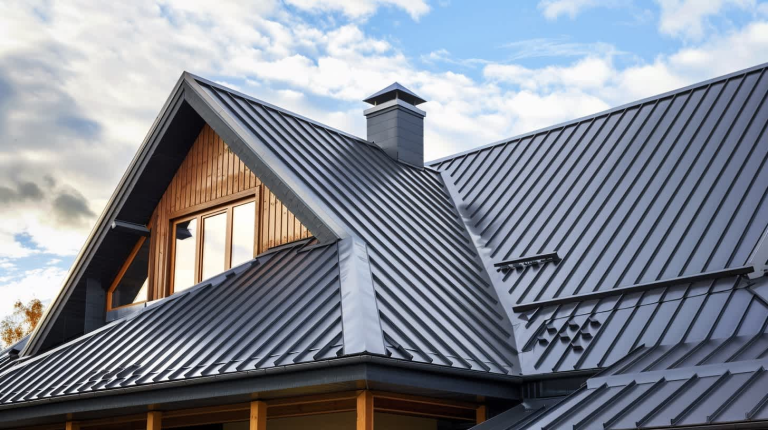Guide to Waterproofing Your Basement: Essential Steps

Many homes deal with wet walls, damp floors, or even musty smells. These problems do not go away on their own. Acting early can help stop the damage from getting worse.
If you want a dry and safe basement, there are steps you need to follow. Keep reading to see how you can protect your space from water.
Find the Source
Before doing anything big, take a little time to walk through your basement. Look slowly and check every corner, wall, and part of the floor. Wet spots, tiny cracks, or even stains can give away where the water slips in.
Try visiting the basement during or right after a strong rain. That way, you can see what’s happening while it’s fresh. Water often finds the weakest path, so spotting it early makes a big difference later on.
To ensure your basement remains dry and protected, it’s crucial to address any potential water entry points. Start by inspecting the foundation for cracks and sealing them with a high-quality epoxy or polyurethane. Additionally, consider installing a sump pump to manage excess water effectively. For more comprehensive solutions and expert advice on waterproofing techniques, you can go to full page for detailed insights and professional guidance. This will help you make informed decisions and implement the best strategies to safeguard your basement from moisture and water damage, ensuring a safe and dry environment for years to come.
Seal Cracks and Gaps
Now, once you’ve got a good idea where the water’s sneaking in, grab your sealant. Even the smallest crack can grow worse if it’s left alone for too long.
Cleaning the area helps the patch stick better, so don’t skip that part. It doesn’t need to be perfect, but it should cover the whole weak spot.
Take your time, and try not to rush through it. A careful fix now can save you from bigger trouble later.
Apply Waterproof Coating
After sealing things up, you might still want extra protection on those walls and floors. A waterproof coating works sort of like a shield, helping to block water from getting through.
You brush it on and let it dry all the way. The surface should be clean and dry first, so the layer stays strong.
If you miss a spot, water might still get in, so take your time. Once it’s done, your basement will feel a bit safer during heavy rain.
Fix Drainage Outside
It helps to step outside and walk around your house after a heavy rain. Take a look at where the water goes once it falls near your walls.
The ground should slope away so the rain moves out and not in. If water gathers near the house, it can press against the basement walls and slip through cracks.
Gutters and downspouts also need to work right, or the water stays too close. If they’re broken, clogged, or too short, water might pool where it shouldn’t.
Use a Sump Pump
When water keeps showing up, even after you seal things, a sump pump can help. It sits in a small pit and moves water out before it floods the space.
It starts on its own when water gets too high inside that pit. This keeps your basement dry during storms or long days of rain. You still need to check it now and then so it keeps working well.
For those in or near the area, basement waterproofing services in Baltimore, MD can help with setup and care. A working pump can save your basement from heavy damage.
Take the Right Approach to Waterproofing Your Basement
Keeping your basement dry takes work, but it helps your home stay safe. Water can cause big problems over time, so it’s good to act early. A dry basement feels clean and strong.
It also helps you worry less when it rains. If you stay on top of things, you can avoid damage. A little effort now can save you trouble later.
We hope you found this article helpful. Keep reading our blog for more helpful tips and advice.





